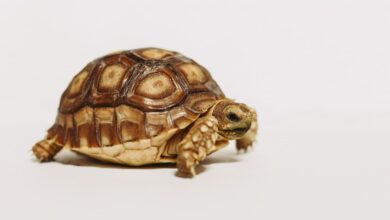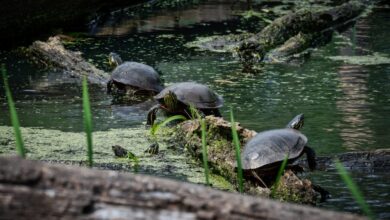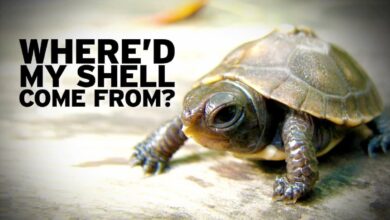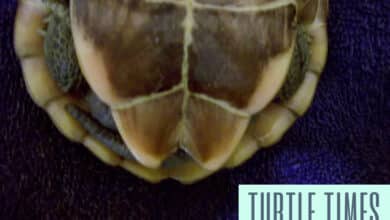Graptemys Conservation
Graptemys Conservation – Graptemys Barbouri, Graptemys Flavimaculata Graptemys Oculifera & Greaptemys Caglei
We discuss in detail the life histories of four species from the Genus Graptemys. These species have gained special importance in the last decade due to their vulnerability and ecological significance.
Graptemys Habitat
Graptemys habitat is found in the southeast, and it’s characterized by spring-fed, clean, clear limestone rivers. These rivers are usually above the fallline and meander along the coastal plains to the Gulf of Mexico. They pass through flat solution pocket limestone, sculpting out bluffs and beaches.
In the past, these rivers were lined by cypresses and tupelos, which eventually gave way to higher ground hickory trees, oak, ash, and pine. These hardwood bottomland forests filter the water, house a variety of plants and animals, and are an important part of river ecology. When the river floods, they are then fed with nutrients. These rivers were used as “highways”, and settlements started to appear along their banks, when the South began to be settled. As a result, the bottomland-hardwood forest was a great source of timber.
In the South, industrial sites are located near rivers to facilitate the disposal of waste products. These industries often involve the production of wood pulp or the discharge of chemical effluent directly into river habitat.
In many places, the river habitat was altered before any local Graptemys species could be studied or described. It was not until recently that the local Graptemys sp. could be described or studied. In many cases, it is hard to determine the optimal habitat.
The rivers that are inhabited by graptemys have a dynamic nature, and their sands are constantly moving. This flow changes the direction of river channels, creates oxbow-shaped lakes, and shuffles the optimal graptemys habitat over the course of many years. The docks and other man-made structures that are now awash with silt or sandy sand far away from the water’s edge provide dramatic evidence. The banks are collapsing, and houses that were once thought to be far enough away from rivers are now being slowly undermined. This process is hampered by permanent structures like dams, bulkheads and levees.
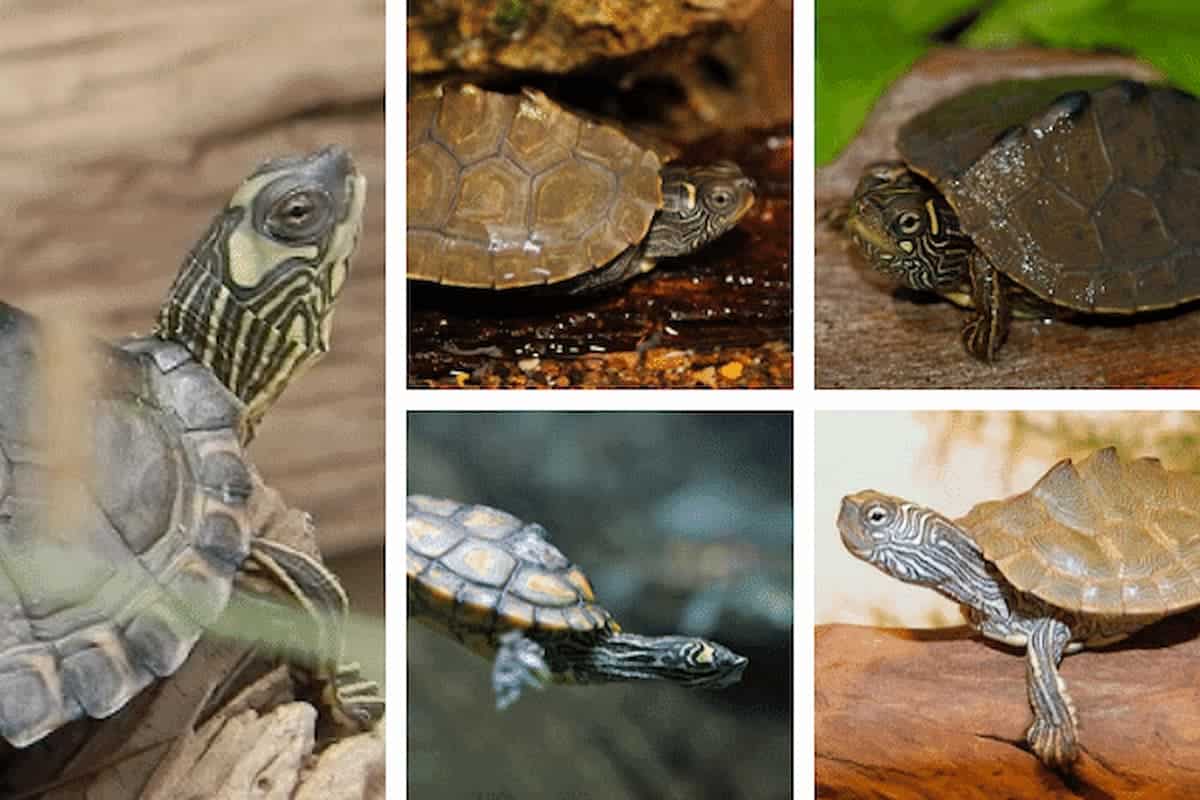
Graptemys Distribution
The fact that species are not evenly distributed is consistent with all graptemys distribution observations within a river systems. Carr and Marchand first noticed this in 1942, when they made a historic canoe journey down the Chipola River to search for G. barbouri. This trip shows that animals (G. The animals (G. On such a bottom, up to thirty individuals could be seen in a 100-yard radius, while two days of travel on a gravelly, boulder-strewn, and silt-covered bottom yielded only two specimens.
This passage is very telling in that it describes the ideal habitat and density of G. Barbouri were found in the Chipola River, Florida, fifty years ago. Second, this description is still used today as an example of a perfect habitat, not just for G. Second, the description is a model of an optimal habitat not only for G. Caglei and Gulf Graptemys found in limestone-associated rivers.
G. caglei is endemic to the Guadalupe River System of Texas. G. caglei can be found in high concentrations on similar “riffle bars” of limestone (Killebrew pers. comm.). The “riffle-bar” habitat is continually threatened by siltation and other habitat altering activities (Price, pers. comm. ).
Review of literature on the optimal habitat of G. The following literature reviews describe the optimal habitat for G. In Mississippi, the following species are found:
G. flavimaculata – Location: Chickasawhay River
Cagle, 1954 – “River is 30 to 150 feet wide. The banks are exposed limestone in some places. On the bottom there is a lot of rock and sand.
McCoy and Vogt 1980–Viewed G. flavimaculata as “critical habitat”. Flavimaculata was found on the Pascagoula River between the towns of Wade and Merrill, from north to south. This area in the Pascagoula does not support the highest concentrations of G. Flavimaculata is distinguished by large sand areas and snags adjacent to banks that are undercut (Jones pers. comm). The current is from moderate to fast, depending on the volume.
G. oculifera – Location: Pearl River
Cagle, 1953 – “Wide sand beach, narrow channel, and fast current.”
McCoy and Vogt 1980 — “Fast or moderate current, where basking trees are plentiful, river wide enough for sun penetration to basking woods between 1000-1600 hours and large high sand/gravel bars adjacent to river that are readily available for nesting.”
Stewart, 1988 – “Moderate current with numerous basking logs, and sun penetration for several hours.”
Graptemys Nesting
The literature is very inconsistent in its descriptions of Graptemys and the nesting behavior. The relationship between Graptemys and the survival of eggs and hatchlings is not well understood. Temperature, moisture and particle size are the most important factors for hatching success. As many authors have observed, these factors can be met at a variety of nesting sites. McGehee ( 1990) concluded that moisture levels directly influenced hatchling size and survivability during incubation. Shealy (1976), reported that factors affecting G. In decreasing order of importance, sand particle sizes, elevation above water level, cover qualities, and distance from the waters edge were factors influencing G. Lahonas, (1981), found that the G. nesting sites were optimal. nigrinoda delticola was located on a large sand-beach on the north side Gravine Island in Baldwin County, Alabama. This is the only “beach” of any significance along the Tensaw River. It was formed from sand that was dredged out of the river channel about 50 years ago. The author found that G. The author has found that G. G. nests were found in the same area, but they are empty and plowed over. Nigrinoda deltaicola is scattered on the banks of rivers or along access roads. Graptemys nests in sandy soils with good drainage, along steep banks, or on the backs of small or large sandbars.
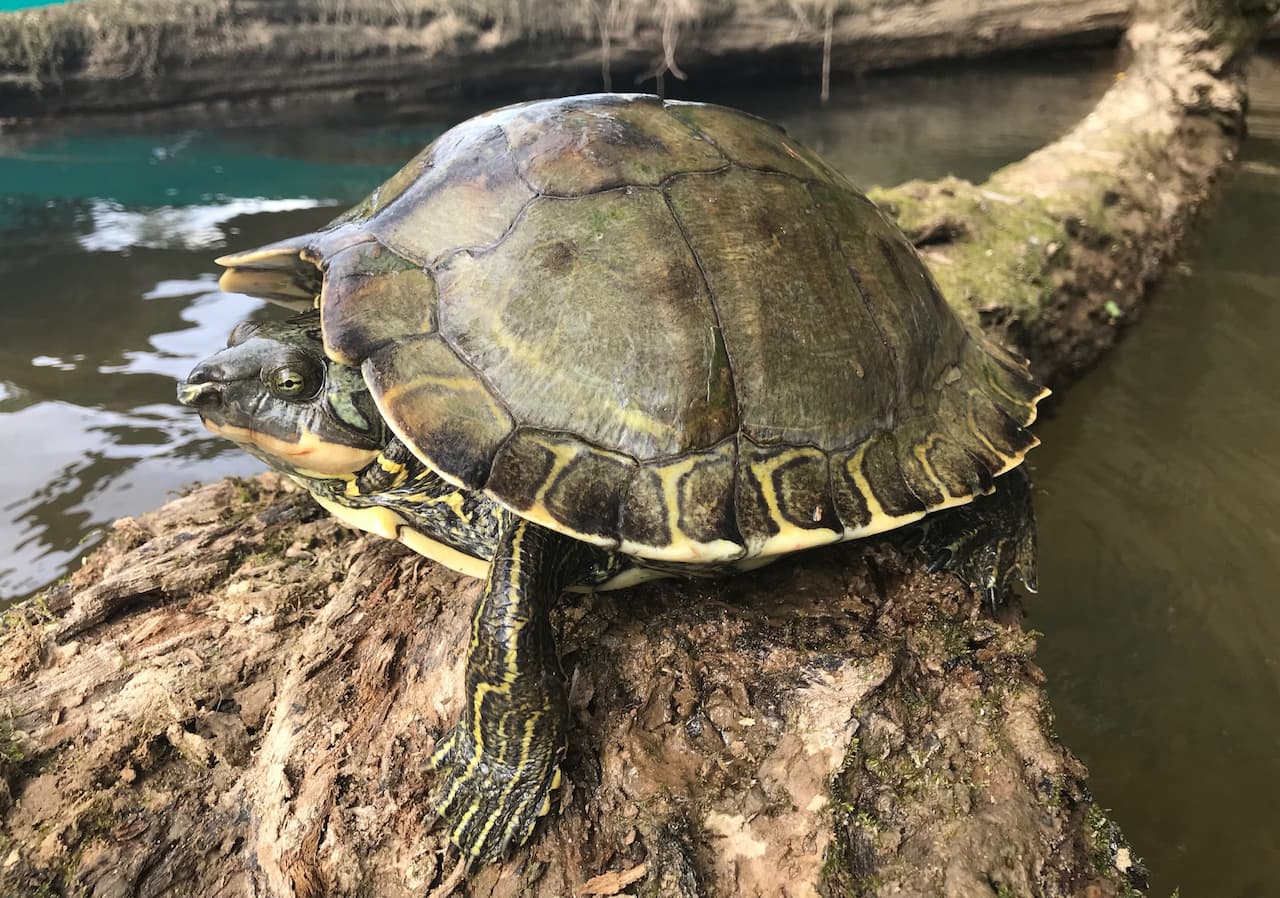
Graptemys Predation
The fishing crow and other mammalian predators are a major factor in limiting graptemys population. Fire ants have been observed, but their impact on hatchlings or eggs has not yet been measured. Hatchlings can be preyed upon by birds, predatory species of fish, and even alligators. As evidenced by carcasses found along riverbanks or nesting beaches, adult female graptemys can be vulnerable to predators during the nesting process.
Graptemys Habitat Destruction
The rapid destruction and alteration in habitats along and adjacent to rivers in the southeast United States is the greatest threat to graptemys. The continuous nature of the river habitat from its source all the way to Gulf of Mexico may be a threat to Graptemys. Degraded water quality can negatively affect populations in the lower drainage despite the existence of habitat.
It is impossible to overstate the importance and vulnerability of Graptemys. The habitat of rivers has been significantly altered by dams built for flood control and energy production. The agriculture and industry that has been carried out along the river banks and tributaries have contributed to the siltation, which is choking aquatic life and causing Graptemys to be unable to feed. The presence of mud or silt on nesting areas can limit the hatching rate. The toxic effluent from paper mills, other industries and sewage runoff from rapidly expanding population centers are affecting the water quality and may have unknown effects on Graptemys.
Boaters, ATVs, and campers who use the beaches and rivers for recreational purposes may have an impact on nest selection, incubation, or hatching. Turtles harvested as food, those shot at basking sites by “sport” shooters, and specimens taken for private, commercial, or institutional collectors also have an impact on populations.
Graptemys Conservation
In recent years, conservation measures to protect Graptemys habitat and populations have increased. G. In Florida, G. Barbouri is protected, and the possession of this species is limited by two individuals in order to discourage commercial collection or human consumption. The conservation efforts of Graptemys are greatest in Mississippi. G. Flavimaculata was protected at the federal and state level. No doubt, the Pascagoula Wildlife Management Area, consisting of 37,000 acres on both sides Pascagoula’s lower part, will play a key role in the future of G. flavimaculata. The water quality in Pascagoula has been identified as the main concern for the survival and growth of Graptemys. (Jones pers. comm.). G. Ringed Sawback Sanctuary has been established along the Pearl River above Ross Barnett Reservoir. This is the first Graptemys sanctuary, and will hopefully be a model preserve for future preserves. Mississippi, in addition to its efforts to protect river habitats, has posted signs and gated access roads that prohibit vehicles from entering potential graptemys breeding areas. In some Pearl River areas, deadfall trees and snags are moved from the middle of the river to the banks in order to accommodate boat traffic or water skiing. In contrast to removing the snags from the river channel, this ensures that Graptemys will have access to suitable feeding and basking areas. These efforts should prove beneficial for both Graptemys as well as those who use the rivers to enjoy recreational activities.
We can all do our part in insuring that Graptemys have a future in the wild by supporting primary research in the field and observing conservation guidelines for both habitat and Graptemys. Those of us with Graptemys in private or public collections should manage our captives responsibly by pursuing breeding programs and educating others in the role that Graptemys assume in river ecology and their association with other turtle species composing some of the most valuable and diverse turtle habitat in the world.
Species Accounts
Graptemys Barbouri
Barbour’s Map Turtle or Barbour’s Sawback
Range
Graptemys barbouri is confined to the Apalachicola River system of Florida, Georgia and Alabama, one of the largest drainages in the southeastern United States. G. barbouri is known to occur from the mouth of the Apalachicola River where it meets the Gulf of Mexico (Pritchard, 1979) throughout the Chipola River of Florida, on the Chattahoochee as far north as Columbus, Georgia and north in the Flint River to Meriweather County, approximately 70 miles south of Atlanta (Wharton, 1973).
Distribution
Reported as common in the Chipola River and possibly having large populations in the Apalachicola River (Pritchard, 1979). In Georgia, G. barbouri occurs in numbers in suitable habitat along the Flint River but there are few documented localities on the Chattahoochee River (Seyle, pers. comm. ).
Reproduction
The reproductive potential for G. barbouri has been documented to range from 11-51 eggs a season with an average of 22 (Cagle, 1952). More than one clutch is deposited during the nesting season which runs approximately from late April through late July. Incubation under lab conditions lasted an average of 76 days to pipping, and hatchlings emerge with yolk sacs fully absorbed (George, 1987). Hatchlings measure approximately 3-4 cm in carapace length. Cagle (1952) reported that males mature in their second or third year while females mature in 20 years or more. Sanderson (1974) found that some females mature in 15 to 20 years.
Diet
The natural diet of G. barbouri consists of aquatic insect larvae, mollusks, and some algae (Sanderson, 1974). Juveniles and adult males feed on insect larvae and small mollusks, while females, capable of crushing and consuming large mollusks, specialize on bigger prey.
Graptemys Oculifera
Ringed Map Turtle or Ringed Sawback
Graptemys Oculifera Range
G. oculifera is restricted to the Pearl and Boque Chitto Rivers in Mississippi and Louisiana. On the Pearl River, G. oculifera occurs from brackish water up-river to Neshoba County, Mississippi (Cliburn, 1971). On the Boque Chitto it has been recorded up-river as far as Franklington, Washington Parish, Louisiana (Stewart, 1989).
Graptemys Oculifera Distribution
The largest known populations of G. oculifera occur in the Pearl River above the Ross Barnett Reservoir. Population densities on the Pearl River have been estimated at 29 turtles per kilometer in Lawrence County, Mississippi to 850 turtles per kilometer in Madison and Rankin Counties, Mississippi (Jones and Hartfield, 1990).
Graptemys Oculifera Reproduction
Jones and Hartfield (1990) found that the smallest recognizable male G. oculifera measured 55.8 mm plastron length. Males were estimated to mature in their third or fourth season of growth, while females believed to mature after nine seasons of growth and a plastron length of 120 mm. In June 1988, one female was observed depositing six eggs at 2:45 p.m. Other female G. oculifera were collected or observed on nesting beaches during daylight hours. Cagle (1953) collected a 148 mm carapace length G. oculifera having 3 eggs in the left oviduct and four enlarged follicles believed to constitute a second clutch for nesting season.
Graptemys flavimaculata
Yellow-blotched Map Turtle or Yellow-blotched Sawback
Range
G. flavimaculata inhabits the Pascagoula River system of southeast Mississippi including the Leaf and Chickasawhay Rivers and their tributaries (Cliburn, 1971 and McCoy and Vogt, 1980).
Distribution
Largest populations are found on the Pascagoula River from the town of Vancleave, Jackson County, Mississippi upstream to the town of Wade, Jackson County, Mississippi (Jones, pers. comm.). U.S. Fish and Wildlife Service and Mississippi Department of Wildlife, Fisheries and Parks biologists estimate G. flavimaculata populations as high as 336 per mile in the lower Pascagoula River (Stewart, 1989).
Reproduction
The reproductive potential, number of clutches deposited and the length of nesting season for G. flavimaculata have not been described. On 2 July 1987, at 9:55 p.m. a female G. flavimaculata measuring 186 mm carapace length was found by the author completing a nesting sequence along the Pascagoula River, George County, Mississippi. A cavity containing six, freshly laid eggs was found 7.5 cm below the surface to a depth to 12.5 cm.
Diet
Insects, crustaceans and mollusks.
Graptemys Caglei
Cagle’s Map Turtle
Range
Restricted to the Guadalupe River system of southeastern Texas including the San Antonio and San Marcos Rivers.
Distribution
The distribution of G. caglei is not well understood. The largest populations are believed to occur in the lower Guadalupe River in Dewitt County, Texas (Killebrew, pers. comm.). Haynes and McKown (1974) reported that “intensive collecting of both the San Antonio and Medina Rivers has yielded only a few sight records.
Reproduction
Information on reproduction and many aspects of the life history of G. caglei have not been recorded.
Diet
Insects and gastropods

